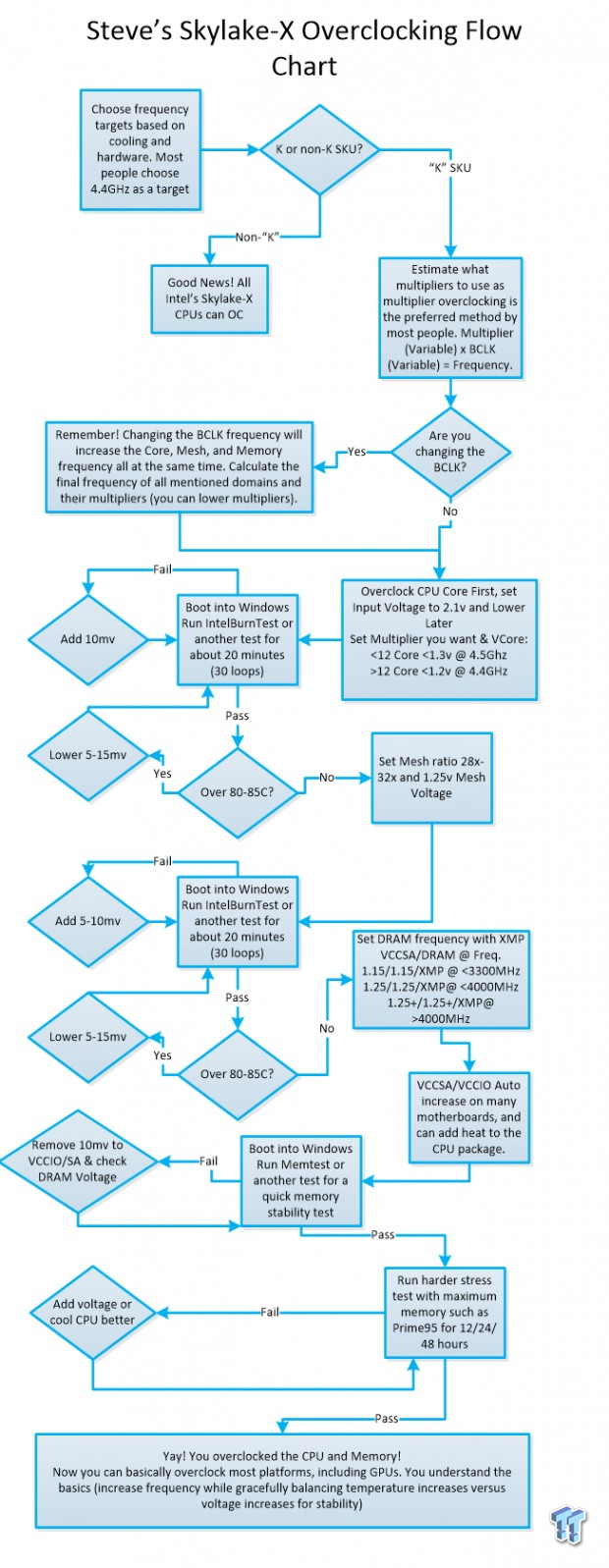

The water cooler didn’t help the i5-10600K as much but it did drop from 74c down to 69c. Specifically, with the H100i the i9-10900K at least stayed below its thermal limit this time around peaking at 94c. The water-cooled results did help cool things down slightly. You can see as well that with the CPU stress test the 10900K was still boosting up to 5GHz as well. But just know that the possibility of ultra-demanding programs overheating things can happen. In that situation, the 10900K did run cooler at 74c with the air cooler. I also dropped down to testing with the AIDA64 Stress Test CPU test which I have found to be more realistic with what you will see with most usage other than extended encoding like blender.

Here is a look at the 10900K when it was running with the Noctua and you can see the constant throttling. The 10600K wasn’t what I would consider cool, but it did perform better at 74c which was even four degrees below the 3600X. This resulted in the overall die peaking at 101c which is scary. To the point of throttling down to the base clock at all times. With the Noctua, the 10900K ran hot, EXTREMELY hot. I only typically test with the Noctua because it is an averaged sized cooler with its 120mm fan size but given the heat generated by the i9-10900K, I also wanted to see how warm it would run with a 240mm AIO cooler which I suspect most people will run with it. I did this testing twice, once with the Noctua NH-U12S that I normally test with and again with the Corsair H100i. The 10600K is still good down at 180 watts.įor thermal testing, I again ran the AIDA64 Stress Test on the FPU setting. AIDA64 with the FPU stress test is a lot more demanding and it shows in the power usage with the 10900K jumping up to 367 watts. The idle numbers, on the other hand, are still great. The i9-10900K is all the way at the top of the charts with a crazy 314 watts, the 3900X pulled 202 in wPrime. For this, I tested the total system draw of our test bench at idle, while under load in wPrime, and again using the AIDA64 FPU stress test. I first took a look at overall power usage. Our Intel Core i7-8086K, was pushed to 1.48v on an overclocking. So to check out performance I did a few of our normal tests but I also did some other testing as well. Our test bed consisted of an Asus Maximus XI Formula, 32GB (2x16GB) of G.Skill Trident Z DDR4, and an Nvidia GeForce GTX 1080 GPU. Intel has made a few changes to help with this but I think going in everyone knew that the i9-10900K was going to be a warm running CPU.īoth the 10900K and the 10600K have the same 125-watt thermal limit. The big downside with Intel having to continue to evolve the Skylake architecture like they have here is that without going with a smaller manufacturing size packing more cores into the same space creates more heat and to get higher clock speeds you also generate more heat as well.


 0 kommentar(er)
0 kommentar(er)
